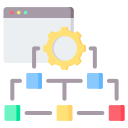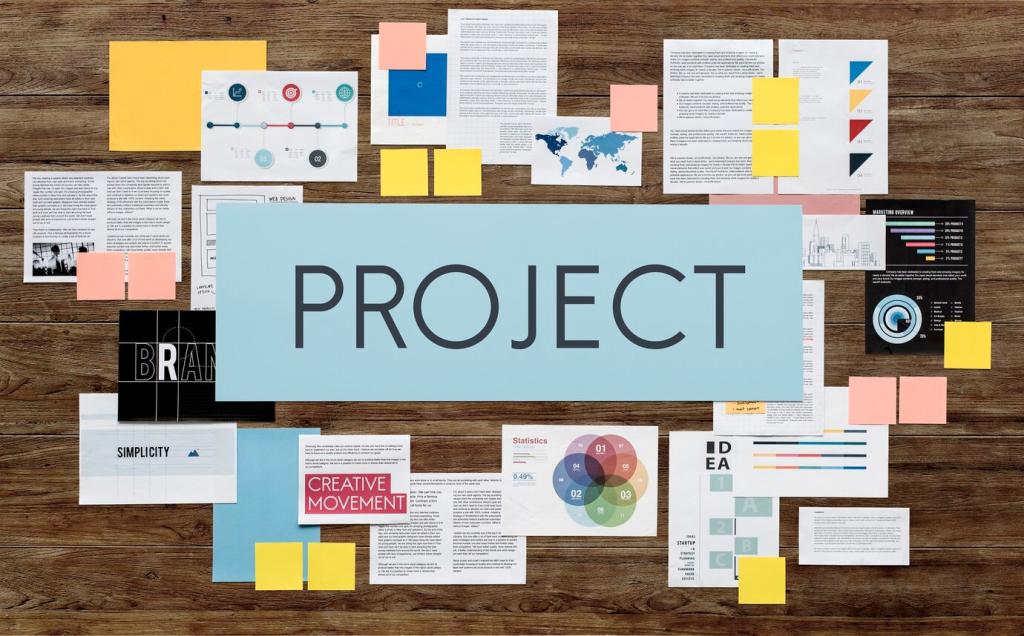Case Stories: Real Teams, Real Tradeoffs
Foxtail Fitness needed identical visuals across Android tablets and iPads for gym kiosks. Flutter let designers ship custom animations quickly, hitting launch with feature parity. They accepted larger binaries for confidence in UI control. Their tip: prototype graphs, charts, and custom gestures early to validate performance on real hardware.
Case Stories: Real Teams, Real Tradeoffs
A retail giant already staffed strong JavaScript teams. React Native connected seamlessly with their design system and web strategies. They invested in a few custom native modules for background scanning and saw fast iteration cycles. Their lesson: standardize library choices, lint rules, and upgrade playbooks to avoid fragmentation across squads.





